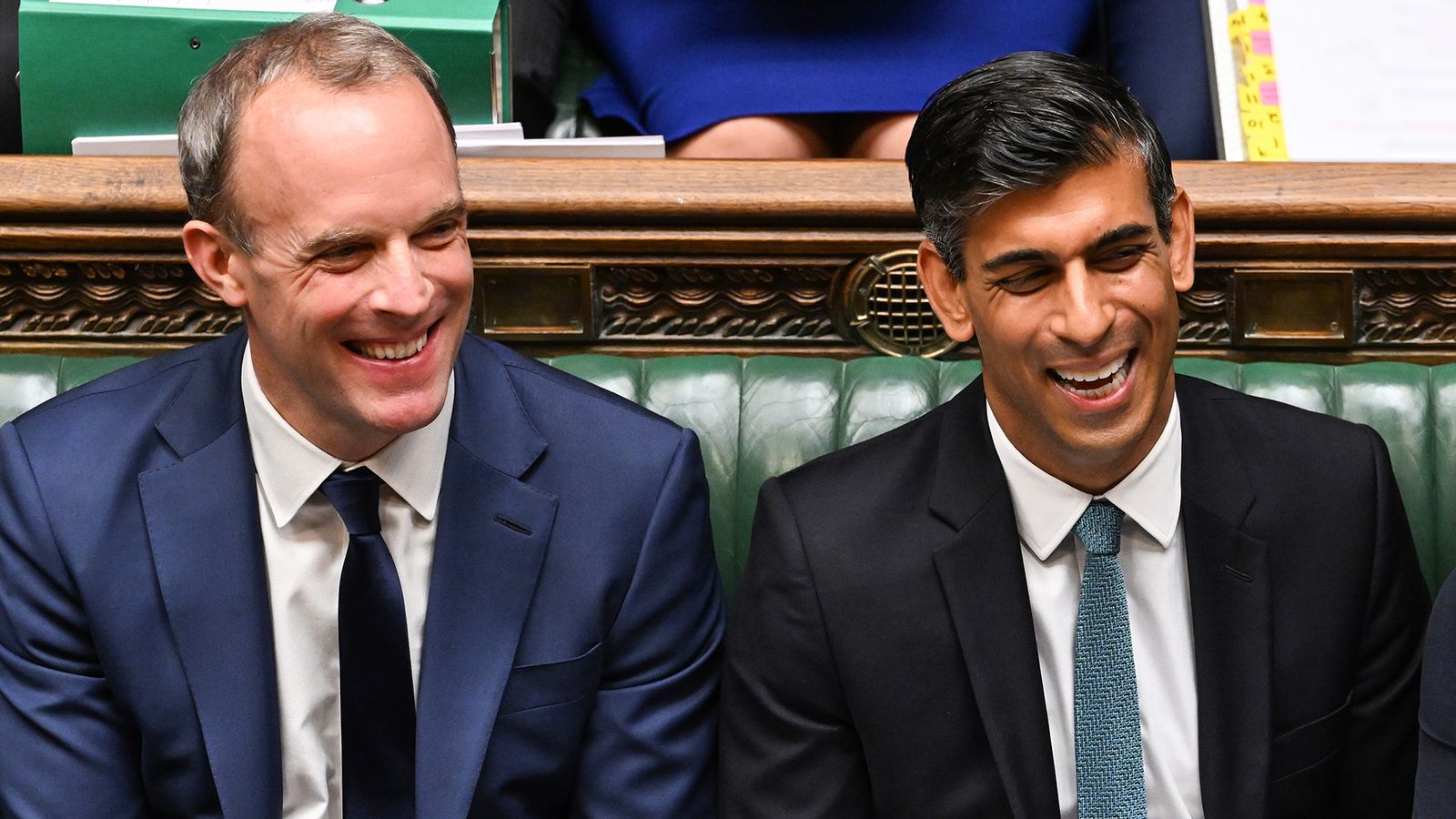After a summer of astonishing climate extremes, a landmark scientific report on climate change provides another stark warning.
It states we have less than a decade to stabilize the Earth’s climate and that this will require big and immediate cuts in carbon emissions. And given the planet is already 1.1 degrees Celsius warmer than pre-industrial times, the need to adapt to higher temperatures could not be clearer.
This window for action is getting narrower by the day, but it is still open. We are being given one final opportunity to stave off catastrophic climate change, and we must seize it.
The report, by the world’s foremost climate scientists at the Intergovernmental Panel on Climate Change, calls for “immediate, rapid, and large-scale reductions” in emissions. If we stop pumping heat-trapping gases into the atmosphere altogether, scientists believe we may be able to contain warming to 1.5 degrees Celsius. If we fail, the consequences for our planet will be dire.
Climate change is a long-term, systemic threat that requires immediate and adequate action that must be sustained over decades. What is required is nothing less than the total transformation of our economic and social systems, from where we source our energy to how we transport goods and people, where we live and work, and what we buy.
Reaching net-zero carbon emissions requires vast amounts of funding. The International Monetary Fund estimates that 6-10% of global GDP — somewhere in the region of an additional $6 trillion to $10 trillion — needs to be invested in the next decade to green our economies.
These are huge sums, but they should not be viewed as a sunk cost — like the expense of cleaning up after flooding, wildfires, and other ravages of extreme weather. Greening our economies is above all an economic opportunity that will create jobs, drive innovation, and boost economic growth.
The coronavirus pandemic proved that vast resources can be marshalled quickly when governments are faced with an existential threat.
In addition to ramping up investment, we need three things to address our climate crisis quickly and at scale.
First, we need a global price on carbon, beginning with a price floor agreement among major emitters that also distinguishes according to countries’ income levels. This could take the shape of taxes, trading schemes, or measures that achieve the same outcome, such as combinations of feebates or regulations at the sectoral levels. Either way, the goal should be to price fuel appropriately and incentivize the switch to cleaner alternatives. Without an appropriate price on carbon, we will not get to net-zero emissions before it is too late.
Second, we need to set aside funds to help millions of people across the world adapt to climate change, especially in developing countries that may not have the resources for the large investments needed. Coastal cities, riverside towns and small island states are vulnerable to storm surges and rising sea levels. Farming communities everywhere need to improve their water efficiency and switch to drought-resistant crops. Because even if we were able to halt all planet-warming emissions tomorrow, scientists warn we will be living in an era of climate extremes for centuries.
Third, the cost of transforming economies to be greener and more resilient must be shared. The transition must be just, both across and within countries. Climate change affects everyone, but it affects the poorest and those who have contributed the least to global warming the most. So far, the sums raised for climate action have fallen far short of the $100 billion a year agreed by the world’s leaders more than 10 years ago. We must now find a way to magnify the impact of climate funding, and transform the billions currently being invested in climate solutions into trillions.
Investing in climate resilience would be a good start. GCA research shows that investing $1.8 trillion globally until 2030 in five climate-adaptation areas — early warning systems, climate-resilient infrastructure, improved dryland agriculture, mangrove protection, and increasing water resilience — could result in $7.1 trillion in net benefits. Adapting now is in everyone’s strong economic self-interest. Beyond preventing dramatic human and economic losses, adaptation policies can pave the way for high-return investments that would not otherwise be viable due to climate risk.
The IMF is doing its part. Its largest allocation of Special Drawing Rights in its history — equivalent to $650 billion — is now effective and provided a welcome boost to member countries. Options are now being explored to channel SDRs from wealthier to poorer and more vulnerable member countries to support their pandemic recovery and achieve resilient and sustainable growth. A new Resilience and Sustainability Trust is being considered for this purpose.
The world is not short of money or ideas needed to fight climate change. What we need now is for the international community to seize this historic opportunity and act together to create a greener, more equitable and prosperous world for us all.
Kristalina Georgieva is managing director of the International Monetary Fund. Patrick Verkooijen is CEO of the Global Center on Adaptation.





